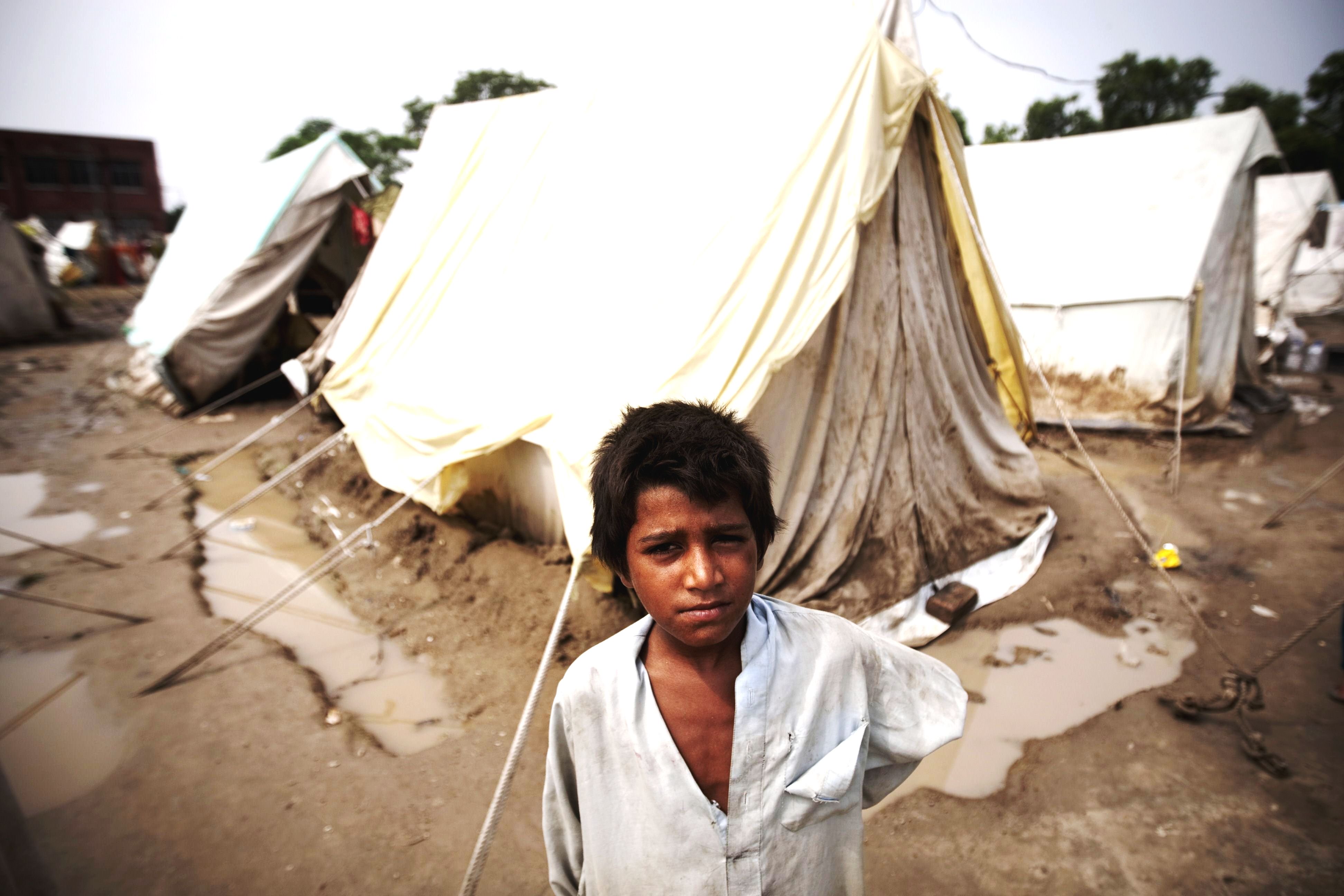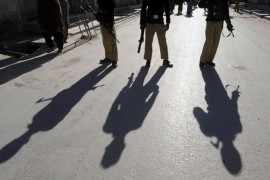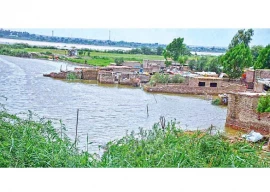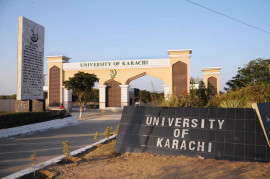
More strenuous efforts and policy frameworks at the provincial level must be formed as the 18th Amendment has now granted curriculum rights to the provinces.
This was the topic of the policy dialogue, titled ‘Transforming Pedagogies: Emerging Contexts and Texts of Teaching Learning’, by the Aga Khan University — Institute for Educational Development (AKU-IED) in collaboration with the Department for International Development, UK. The dialogue was conducted at the AKU-IED campus in Karimabad.
Moderator and AKU-IED associate professor Dilshad Ashraf initiated the dialogue stating that education is an important means for normalising life in disaster-struck areas.

Talking about the grave of a teacher who died holding two of her students close to her in an attempt to save them in the earthquake that struck parts of Azad Jammu and Kashmir and Khyber-Pakhtunkhwa, Indus Resource Centre executive director Sadiqa Salahuddin said that we need to include the narratives of unsung heroes in our curricula. “Gender is an important issue that has been dealt with in various researches,” she said. “According to a study in Bangladesh, the dress of women [saris], concern for children and the indecision regarding whether or not to run for shelter contributed immensely to the large number of casualties of women as those of men.” She stressed the need to make disaster-risk education a part of the curriculum.
Sindh Education Foundation managing director Aziz Kabani shared that after the floods of 2010, courses and manuals were designed. “We designed guidelines and training courses for teachers on how to react when faced by any disaster, emergency situation.”
Sharing his account of such developments aimed for Gilgit-Baltistan, Aga Khan Foundation education programme senior officer Ali Effendi talked about how his team devised a school safety strategy that has yet to be signed off. “The relevant government representative is no longer there due to fresh elections,” he said. “We might have to reengage from scratch now.”
Ghulam Nabi, the director of reform support unit, Sindh education and literacy department, agreed with Ashraf when she said that schools are not safe in disaster-struck areas. “Presently, schools are serving as camps for internally displaced persons (IDPs),” he said. “School structures must be made disaster-resistant as our schools are continually being damaged due to the presence of IDPs.”
As the floor was open for questions, Riffat Naseer from Beaconhouse School commented on the kind of life skills being taught at schools. “Girls don’t even know how to run,” she said. “Boys don’t know how to swim or how to jump over walls. We need to come up with activities for such training.”
Tehmina Khalid from Happy Home School lamented that civil defence and first aid, which were once part of the Matric curriculum, are no longer there.
Stressing on the need for higher education institutions to play their role, AKU-IED professor Dr Muhammad Memon called for an intellectual contribution of ideas. “For the past 20 years, we, as higher education bodies, have done nothing to prepare our communities to deal with disasters.”
Published in The Express Tribune, January 22nd, 2015.



1730965998-0/BeFunky-collage-(27)1730965998-0-165x106.webp)
1731933289-0/BeFunky-collage-(68)1731933289-0-165x106.webp)












COMMENTS
Comments are moderated and generally will be posted if they are on-topic and not abusive.
For more information, please see our Comments FAQ